10 Snacks to Help You Lose Weight

Achieving weight loss is not about skipping meals, avoiding snacks or only picking from a top ten item list; but rather about learning how to make food choices that align better with your health goals— which this guide will share. It is also very important to realize that no single snack can dramatically alter your weight; it is your consistent choices across your meal choices across the day, week and months that compound that matter most.
You Shouldn't Obsess Over What You Can or Can't Eat
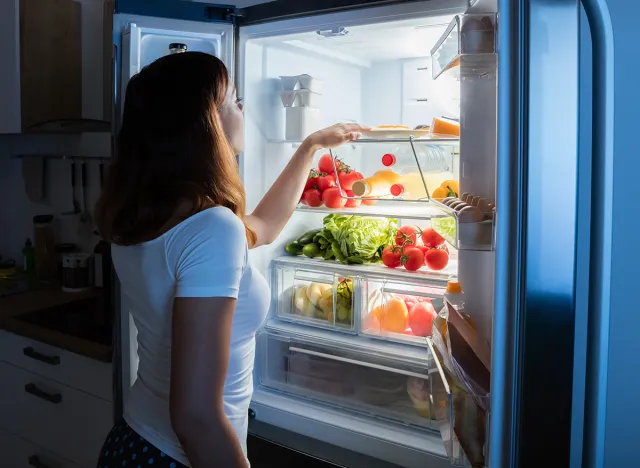
Your goal shouldn't be over myopic focus on can or can't eat or overly obsess about calories. When selecting the right snacks, focus on the nutrient profile of the combined items that each snack item has— the goal is having a balance of calories, fiber, protein, and other essential nutrients— which you will learn in this guide. These elements and others not listed, collectively help manage appetite, provide sustained energy, and prevent overeating thus making it easier to stick to your daily nutrition goals. The ultimate goal is to think about what you like and what you can add (more fibrous veggies), reduce (think smaller brownies slice), or swap (high-carb bread for protein, low-carb bread) to make it aligned for weight loss goals.
Adapt Snack Choices to Your Needs
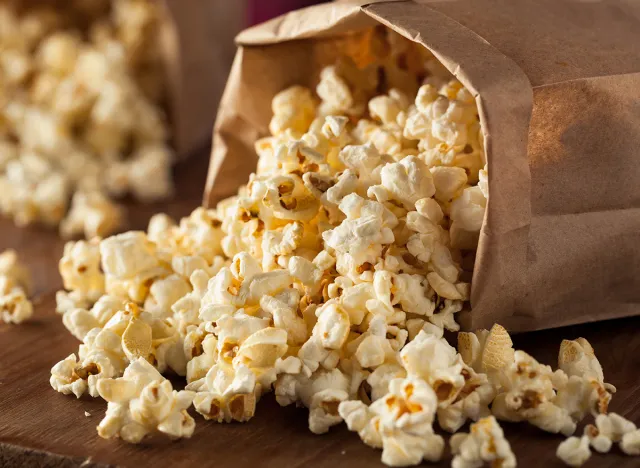
While below is a guide to selecting snacks that not only satisfy hunger but also enhance your overall nutrition, aiding weight loss and maintenance. It's very important that you adapt snack choices based on individual health needs, dietary preferences, or specific nutritional goals, is crucial. What works for one person may not suit another; please make sure you partner with a doctor and dietitian to get the most out of your snack choice. Also, you must note that effective weight management also incorporates regular physical activity, stress management, and routine health check-ups to ensure a well-rounded approach to health and well-being.
Factors to Consider
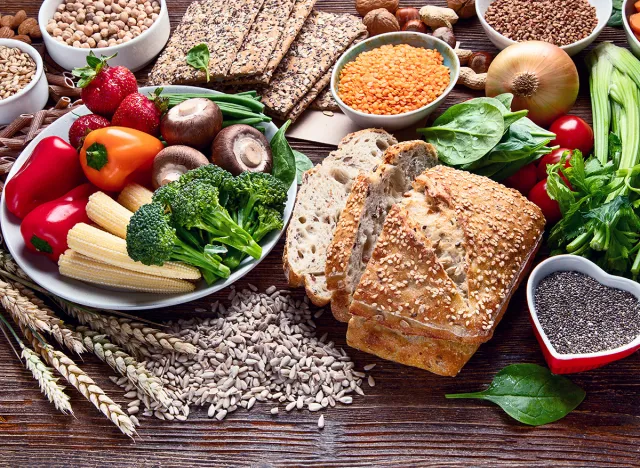
Each factor plays a vital role in weight management:
- High in Fiber: Fiber should be the top priority for weight-loss snackers. It promotes sustained fullness, curbs cravings, and aids digestion, which are key for preventing overeating between meals.
- Low in Added Sugars: Snacks high in added sugars can lead to blood sugar instability, cravings, and increased appetite. Reducing added sugars is crucial for steady energy levels and managing hunger.
- Protein Content: Protein offers satiety benefits and supports muscle maintenance. High-protein snacks can help curb overeating and preserve lean muscle mass during weight loss.
- Low Calorie Density: While important, focusing on filling foods first makes it easier to manage overall calorie intake, naturally leading to snacks with lower calorie density. Emphasizing fiber, protein, and minimizing sugar often results in naturally lower calories.
- Healthy Fats: Healthy fats (i.e. little to no trans or saturated fat) in moderation add richness, flavor, and satiety. However, they are calorie-dense, so emphasizing other criteria first ensures healthy fats fit within an overall balanced approach.
Snacks to Help You Lose Weight

Addressing Common Snacking Complaints

Many people find it challenging to choose snacks that are both satisfying and beneficial to their health goals. Whether it's due to taste preferences, nutritional concerns, or simply not knowing healthy options, here are some effective strategies to make snacking a positive part of your daily diet.
RELATED: Losing 50 Pounds in 6 Months with Aerobic Workouts
Enhancing Satiety
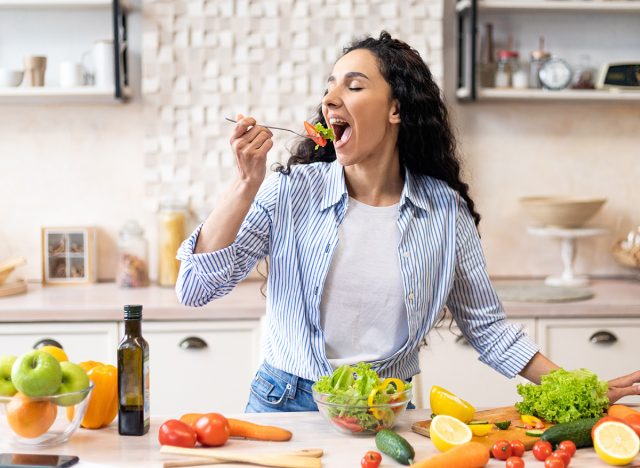
- Combine Nutrients: Pair different food groups to maximize satiety. For example, have an apple with a handful of almonds to combine natural sugars with healthy fats and protein.
- Choose High-Fiber Snacks: Options like air-popped popcorn or raw vegetables can fill you up and help you stay full longer.
- Opt for Protein-Rich Snacks: Foods like Greek yogurt, cottage cheese, or a slice of turkey breast can help keep hunger at bay.
Managing Cravings

- Healthy Alternatives: Substitute high-sugar snacks with fruits like berries or an orange that offer natural sweetness along with beneficial fibers and vitamins.
- Spice It Up: Use spices and seasonings to make snacks more interesting without adding calories. Try cinnamon on your yogurt or cayenne pepper in your soup.
- Scheduled Snacking: Eating snacks at regular intervals can prevent overeating by keeping your blood sugar levels stable throughout the day.
Reducing Preparation Time

- Pre-packaged Healthy Options: Stock up on single-serving packs of nuts, yogurt, or whole-grain crackers.
- Easy Assembly Snacks: Keep ingredients for quick snacks like smoothies or whole-grain wraps readily available.
- Use Leftovers: Last night's vegetables or grilled chicken can quickly become today's snack.
Long-term Success with Snacks
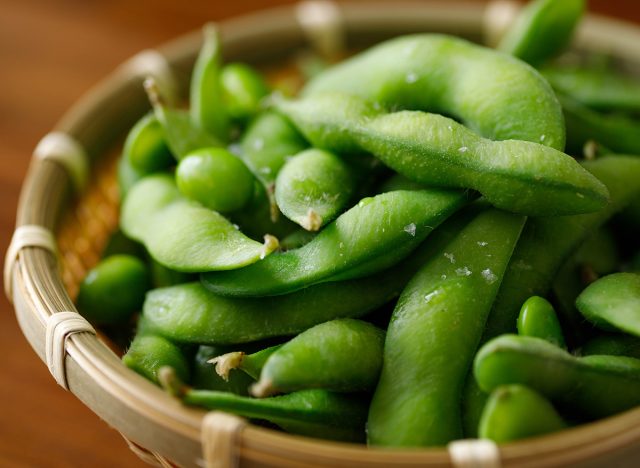
- Variety is Key: Keep a variety of snack options available to avoid boredom and temptation from less healthy choices.
- Be Mindful: Listen to your body's hunger cues and choose snacks based on actual hunger rather than boredom or emotion.
- Enjoy Your Food: Make sure the snacks you choose are not only healthy but also delicious to you. Enjoying what you eat is crucial to maintaining a long-term healthy eating habit.
Integrating Traditional Snacks into a Balanced Diet
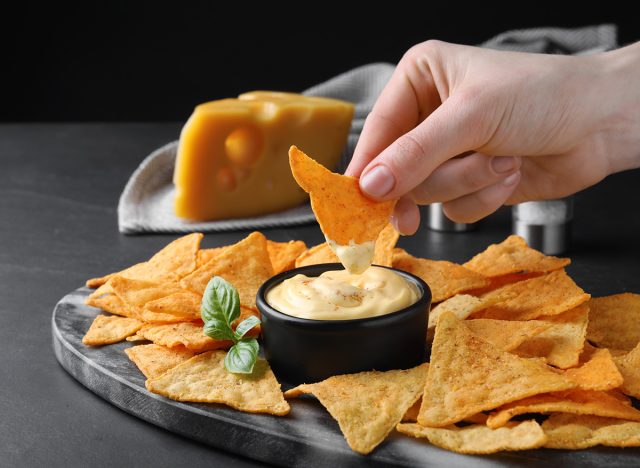
Many people have favorite snacks they've grown up enjoying, such as chips or sugary treats, which can often be high in calories and low in nutritional value. However, completely cutting out these beloved items is not always necessary for a healthy diet. Instead, here are some strategies to enjoy these snacks responsibly, ensuring they fit into a balanced eating plan:
Mindful Snacking with Traditional Favorites
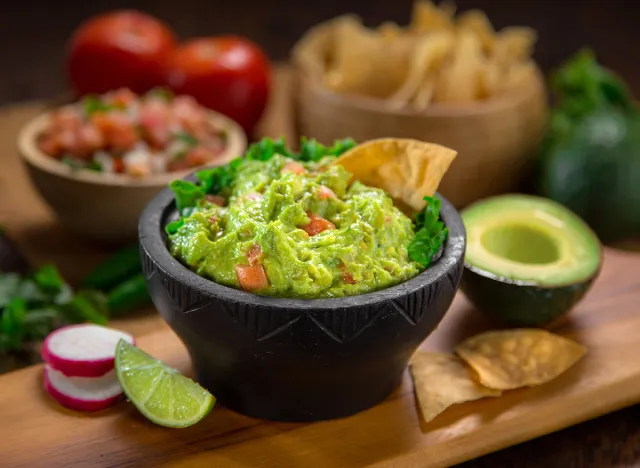
- Portion Control: One of the most effective ways to enjoy traditional snacks like chips or candy is to control portion sizes. Instead of eating directly from the package, serve a small amount on a plate or napkin to prevent overeating.
- Balanced Pairing: Combine your favorite snacks with healthier options to balance the meal. For example, if you enjoy chips, pair them with a chunky, fiber-rich salsa or guacamole to increase the nutritional value of your snack. If you're having a sugary snack, pair it with nuts or yogurt to add protein and fat, which can help mitigate blood sugar spikes.
- Scheduled Treats: Rather than impulsive eating, plan when you'll enjoy these snacks. Having a set time or day for enjoying your favorite treats can help you manage cravings and make healthier choices the rest of the time.
- Healthier Variants: Look for healthier versions of your favorite snacks. Many brands offer lower-calorie, reduced-fat, or lower-sugar versions of popular snacks. These can be a good compromise, allowing you to enjoy the flavors you love with fewer health drawbacks.
RELATED: 15 Proven Ways to Sculpt Your Dream Body by An Expert Coach
Conclusion: Snack Wisley
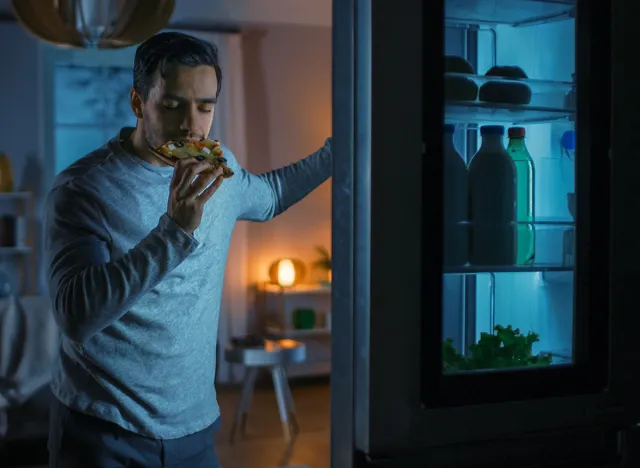
Being mindful of your snacks is not only pivotal for weight loss but is a pivotal part of a balanced diet. By choosing snacks wisely—focusing on fiber, protein, and minimal added sugars—you can effectively support your weight loss and maintain long-term health. This doesn't need you to avoid your favorites; allow yourself to enjoy a variety of snacks in moderation and consult with health professionals to adapt these choices to fit your specific needs.
💪🔥Body Booster: Take your nutritional needs into consideration before selecting a snack.




